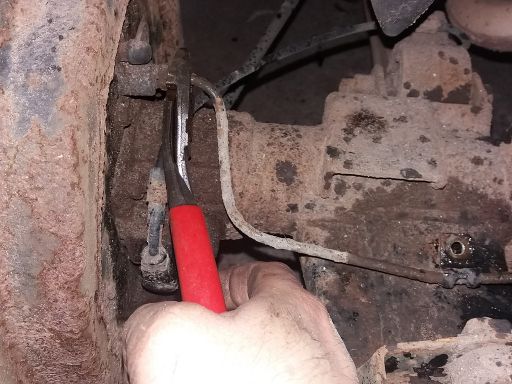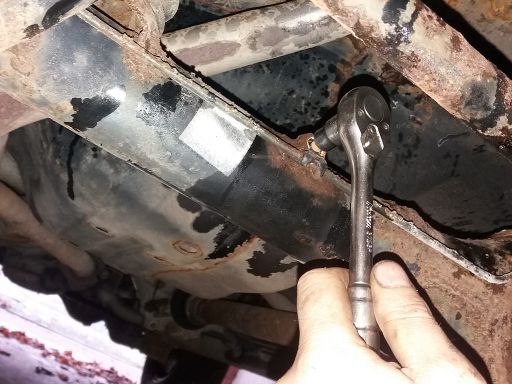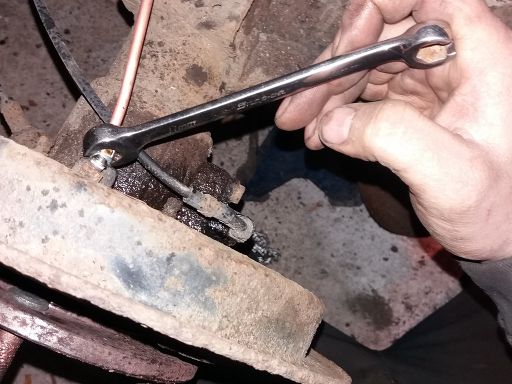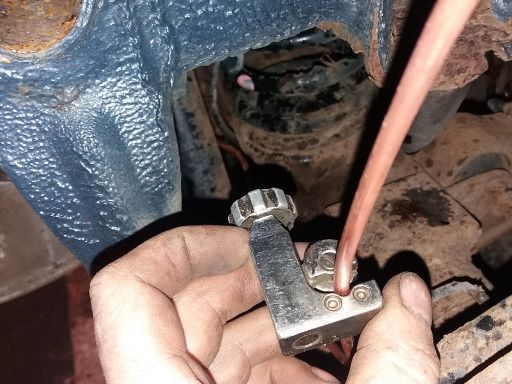![]() The content of any article might be expanded / improved in the future - revisit it sometimes.
The content of any article might be expanded / improved in the future - revisit it sometimes.
![]() Seen a mistake? Know something that isn't written? Edit and change this article yourself!
Seen a mistake? Know something that isn't written? Edit and change this article yourself!
![]() Some images in the article (if present) can be enlarged by clicking on them.
Some images in the article (if present) can be enlarged by clicking on them.
Contents
Introduction
![]() Guide written by forum user Delux.
Guide written by forum user Delux.
My technique on brake pipe replacement is one that has been honed and fine tuned over several years as a mechanic replacing rusty, leaking brake pipes on cars so bad you wouldnt let your dog cock a leg on them.
Anyway, vehicle brakes are a critical system, so you don't want to mess about. Using my techniques they needn't be difficult or expensive. Cheap peace of mind is always good, right?
Removal of old crusty brake pipes
- I start by clamping off the rear brakes.
- I'll be bleeding the whole braking system later, but doing this now maintains the fluid level in the rest of the system and lessens the chance of having air trapped somewhere.
- Rather than mess about I cut the old brake pipe at the brake pipe end.
- After cutting the brake pipe, you can get a decent single hex socket on the end and remove it quickly.
- The original brake pipe ends on my 54 plate Jimny and every other Jimny I remember working on are 10mm hex.
- You obviously need to do this either end of the pipe.
- If you do it 1st, all the brake fluid will have dripped out before you remove it meaning less mess.
- Next remove the retaining clips.
- They are 10 mm self tapping bolts.
- If you can get them off without an issue, that's great.
- But if the bolts are seized and you risk damaging them during removal, bear in mind that a bag of 10 new bolts from Ebay costs only a few pounds.
- Before going any further, I like to make sure that the bleed screw is good enough to bleed the brakes.
- I have seen people replace all the brake pipes on a car, only to discover one of the bleed screws is blocked/rounded off.
- No-one likes to see a mechanic cry!
- If all the removal went well, you should have this on the floor.
Preparation of new brake pipes and connectors
- So now we need some shiny new pipes to fit on.
- Do not stress about making up a brake pipe the same length yet.
- We are doing a nice neat custom job, rather than setting ourselves needless hurdles!
- Making new brake pipes involves using one of my favorite tools.
- My brake pipe flaring tool was about £30 from Ebay about 10 years ago.
- It does a great job every time, flares copper or steel pipe, has very few moving parts to go wrong and you don't need a vice.
- Slide the new brake pipe end on first!
- You feed the new pipe in, finger tighten the 2 10mm bolts, tighten the 16mm bolt at the end.
- This positions the pipe to be flared.
- You then tighten the 10mms to clamp the pipe.
- When the pipe is clamped you screw this bit in.
- This end gives you a male flare.
- On most Japanese cars the pipe has a female flare.
- So you unscrew it and screw the other end in.
- This gives the flared end a female flare.
Installation of new brake pipes and connectors
- Now you can refit it.
- Feed the pipe roughly in position, ensuring it is routed the correct side of suspension components etc.
- Don't worry about the shape or length.
- Screw the end into the wheel cylinder etc. with your fingers.
- This can be tricky on a Jimny, as the pipe does not fit in at right angles to the cylinder.
- Once its started, tighten it up.
- I'm using a brake pipe spanner but you don't really have to.
- Remember, you are tightening it up to compress the seal on the pipe.
- You don't want to tighten it up until your arm is shaking!
- Don't hold the spanner at this angle unless you want to punch the underside of a Jimny!
- When this end is tight, shape the pipe and fit the clamps/clips back on as you go.
- When you get to the other end cut the pipe. Leave a few centimeters of slack.
- Your bends are not going to be as sharp as the factory ones, so your pipe needs to be a bit longer.
- Flare the new end on, screw it in.
- Tweak the positions of the pipes as necessary and that's it!
- Now fill in new brake fluid and bleed the entire brake system.
- After all is done, go and enjoy driving your refurbished Jimny, at least until the first time you press the brakes! :)
Page last edited on 21/02/2019 by user Bosanek














